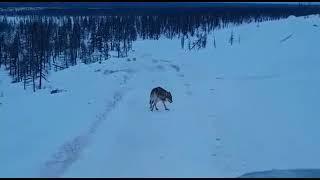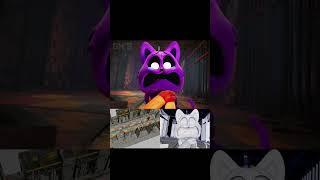Комментарии:

U should do more
Ответить
Grass
Grass is a type of plant with narrow leaves growing from the base. A common kind of grass is used to cover the ground in places such as lawns and parks. Grass is usually the color/colour ‘green’. Grasses are monocotyledon herbaceous plants.
Grass
The grasses include the "grass" of the family Poaceae. This family is also called Gramineae. The family also include some of the sedges (Cyperaceae) and the rushes (Juncaceae).[1] These three families are not closely related but all of them belong to clades in the order Poales. They are similar adaptations to a common life-style.
The true grasses include cereals, bamboo and the grasses of lawns (turf) and grassland. Uses for graminoids include food (as grain, sprouted grain, shoots or rhizomes), drink (beer, whisky), pasture for livestock, thatching thatch, paper, fuel, clothing, insulation, construction, sports turf, basket weaving and many others.
Many grasses are short, but some grasses can grow very tall, such as Bamboo. Plants from the grass family can grow in many places and make grasslands, including areas which are very arid or cold. There are several other plants that look similar to grass and are referred to as such, but are not members of the grass family. These plants include rushes, reeds, papyrus and water chestnut. Seagrass is a monocot in the order Alismatales.
Grasses are an important food for many animals, such as deer, buffalo, cattle, mice, grasshoppers, caterpillars and many other grazers. Unlike other plants, grasses grow from the bottom, so when animals eat grass they usually do not destroy the part that grows.[2] This is a part of why the plants are successful. Without grass, soil may wash away into rivers (erosion).




![Course Introduction: Siebel CRM New Features for Developers [24.x] Course Introduction: Siebel CRM New Features for Developers [24.x]](https://ruvideo.cc/img/upload/TXloZ0Q4Mk5fZkM.jpg)






















